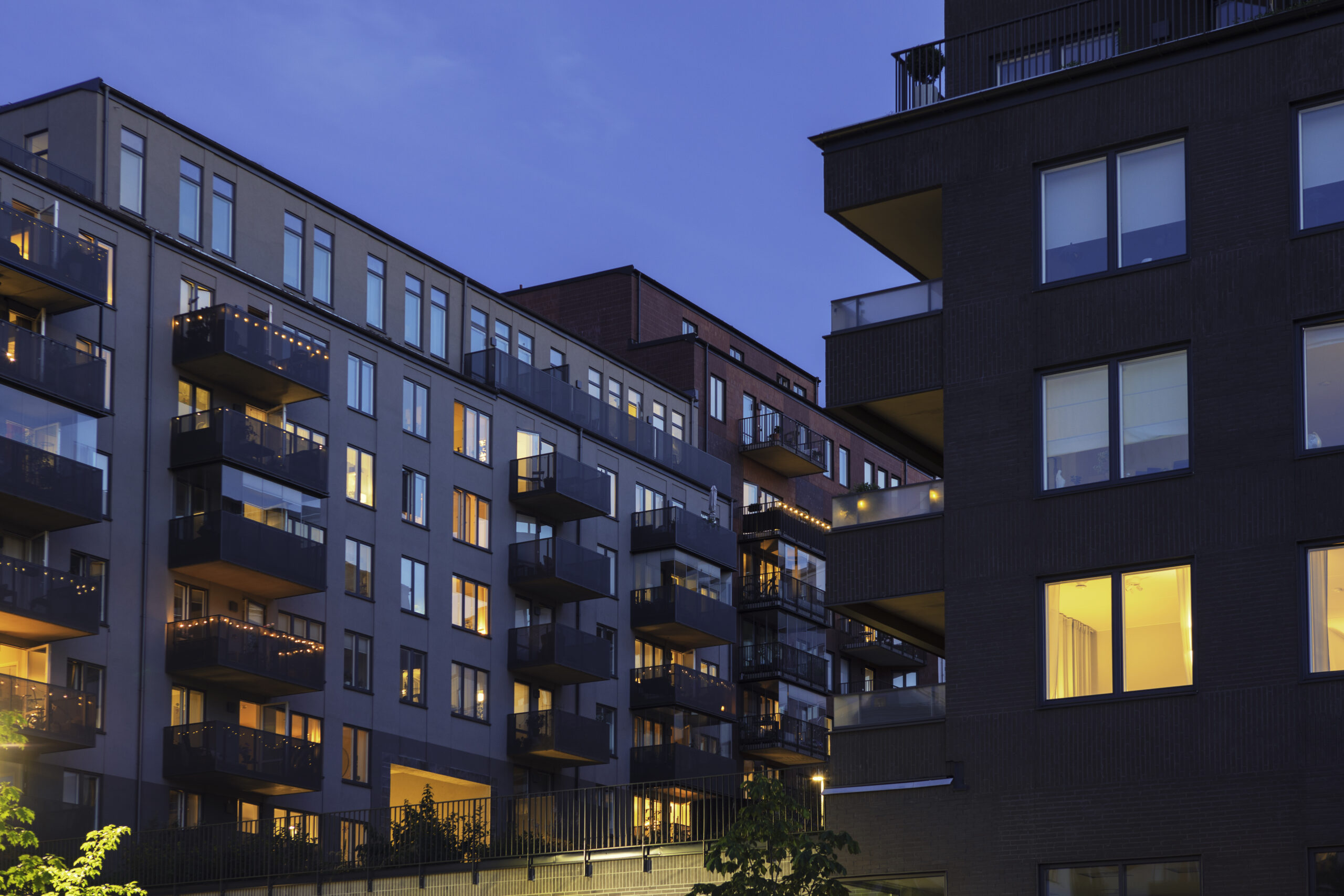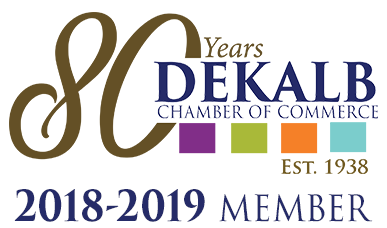
The Evolving Need for More Multi-Family Development
The state of the U.S. housing market has been in the news a lot lately. A trend of limited supply and high demand for housing was exacerbated during the pandemic and many studies show that the market has still not normalized. One facet of correcting the imbalance in the housing market focuses on the evolving need for multi-family development.
The Housing Supply Imbalance
Inadequate supply has been an issue for the housing market for years. In 2020, many people suddenly found themselves with an opportunity to work remotely or change locations. Demand shifted away from cities and into less costly suburban areas. Low interest rates made moves possible for many buyers. At the same time, supply chain issues meant that far fewer houses were being built.
Freddie Mac estimated a deficit of 3.8 million units in 2020. The policy advocate Up For Growth has noted that housing underproduction continued through 2023 and the shortage has remained unchanged. The availability shortage is even worse when the focus is on affordable housing. The National Low Income Housing Coalition found a 7.3 million unit deficit for low-income rental homes and that not one of the 50 states has an adequate supply of low-income housing. Of course, a shortage of available housing means that purchase and rental prices have risen, as well.
Multi-Family Housing Development May Be Part of the Solution
One solution to the housing availability crisis is multi-family housing. Multi-family development helps alleviate demand by increasing the number of available housing units at a lower cost than single-family home building. It also allows for a higher population density, making it a good solution for urban areas. Higher density also means that it is often a more environmentally friendly solution.
Types of Multi-Family Housing
- Apartments – Often the first type to come to mind, apartments are a common form of multi-family housing. Apartments are typically rented by residents. Buildings may contain a few units or hundreds of them. Each apartment has its own living space, but parking garages, yards and other amenities are shared.
- Condominiums – Similar to apartments, condominiums are another common multi-family housing option. They also share many services and amenities, but are usually owned by the residents.
- Duplexes – Often similar in appearance to a single family home, duplexes have two units that share one building. Each of the two individual units has a separate entrance and yard. Triplex and fourplex buildings house three and four units respectively.
Consumer Benefits of Multi-family Housing
The economy of scale inherent in multi-family development means that less land, less labor and fewer materials are required for development. These savings are reflected in lower housing costs for the consumer. Additionally there are lower maintenance, energy, insurance and tax costs over the long term. Multi-family developments can be built for affordability or luxury. Many developments may contain a mixture of both high-income and low-income units. Some will contain subsidized units for low income families.
Homeowners or tenants in multi-family developments have less exposure to maintenance and repair costs than those in single-family homes. Buildings are typically managed by a single management company that takes care of repairs, landscaping and other issues. Homeowners and renters benefit from not being responsible for these tasks.
Energy savings is a characteristic that benefits the consumer and the environment. New multi-family developments are typically built with better insulation and energy saving materials that lessen both utility costs and environmental impact. Cooling and heating is less expensive due to less exposure to the outside.
Community Benefits
As mentioned above, density is one of the key benefits of multi-family housing development. This type of housing allows more people to live on less land. It also allows more people to live within walking distance of amenities and mass transit, which can reduce traffic congestion and improve air quality. Consumers spending within walking distance also can help to revitalize urban areas. The local economy benefits from an influx of residents that patronize local stores and restaurants, pay taxes and fill local job openings.
Social cohesion is another benefit that often results from multi-family housing development. These housing options are attractive to people from diverse backgrounds, incomes and age groups. First-time home buyers and seniors who have downsized all interact through the use of shared amenities.
Understanding Demographics
The variety of potential consumers of multi-family housing leads to an important aspect in the decision of where to develop and what type of housing to build. Recent studies have shown that the markets for upscale apartments and multi-family affordable housing are doing better than the average priced market in the middle.
Renters and buyers in higher income brackets gravitate towards condos and apartments with state-of-the-art features such as high-tech security, interactive camera-enabled access systems and computerized lock management. High speed connectivity options, well-equipped fitness centers, pools, recreational areas and green spaces are expected. At the other end of the spectrum is a large number of low-income buyers who are mainly looking for affordability. Lower construction costs and government-backed programs make this sector attractive, even if profit margins are lower.
Complications in the Multi-Family Housing Decision
While the need for more multi-family housing is high, that doesn’t make it a guaranteed investment. As in other commercial real estate sectors, high interest rates have taken a toll on returns over the past few years. Debt-to-equity rations are higher in the multi-family segment than in some others. Additionally, a lot of new supply has been coming onto the market in certain regions. In many areas, property owners rushed to take advantage of growing opportunities following the pandemic, resulting in local oversupply. Understanding market conditions is critical when considering multi-family development.
Thorough analysis of the legal climate is necessary, as well. Many cities have height limits, parking requirements and entitlement restrictions that can push costs up or make multi-family development infeasible. Lack of utility and sewage infrastructure can also have an impact. There is, however, a lot of advocacy for cities to loosen restrictions and encourage multi-family development, particularly near transit centers.
Planning and Developing Specialists
If multi-family housing development looks like a good choice for your property or regional market, partnering with professionals is a good first step. A civil engineering firm with expertise in site selection, entitlement research and project planning can be indispensable in the early stages of the process. Let us show you what Contineo Group can contribute towards making your multi-family development project a success.





